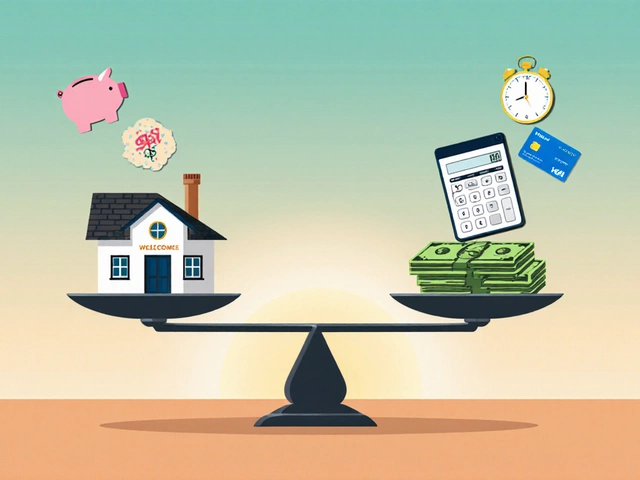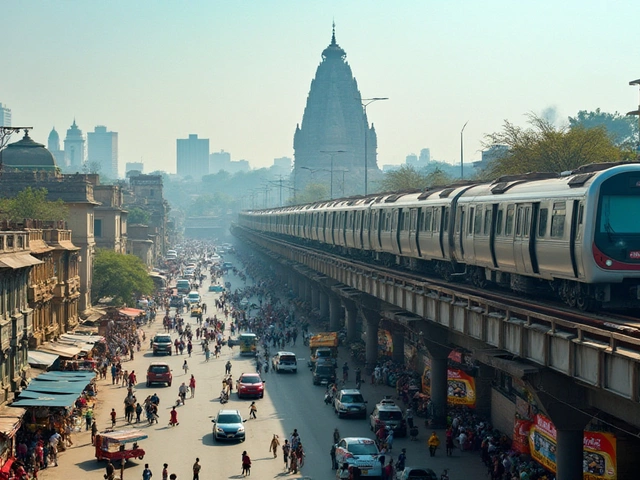Living Costs Made Simple: Compare, Budget, and Save
Feeling the pinch on your paycheck? You’re not alone. Whether you’re hunting for a cheap place in Virginia, trying to rent in NYC without a broker, or figuring out how much land costs in West Virginia, the numbers matter. Let’s break down the biggest cost drivers and give you tools to keep more cash in your pocket.
What Makes Up Your Monthly Living Costs?
Most people think rent is the only big expense, but utilities, transportation, groceries, and even hidden fees add up fast. A typical budget looks something like this:
- Rent or mortgage – about 30‑40% of income
- Utilities (electric, water, internet) – 5‑10%
- Food – 10‑15%
- Transport (fuel, public transit) – 5‑10%
- Insurance, taxes, and miscellaneous – the rest
When you see the whole picture, you can spot where you’re overspending and where you can tighten up.
How to Compare Living Costs Across Cities
One quick trick is to pick a baseline city you know well—maybe your current home—and use a cost‑of‑living calculator to see how other places stack up. Look at rent, but also factor in average grocery bills and transportation costs. For example, the cheapest towns in Virginia (Southside and Southwest) often have rent under $800, while NYC apartments can start at $2,500 even without a broker fee.
If you’re moving abroad, the guide on renting an apartment in the USA for international renters shows how paperwork and deposits differ by country, which can affect your upfront cash flow.
Don’t forget the hidden costs. Some states, like Boston, still have broker fees that can add a month’s rent to your move‑in expenses. Knowing this ahead of time helps you budget accurately.
Finally, check local taxes. Property registration fees in NYC, for instance, can surprise first‑time buyers. A quick look at the city’s ACRIS system can save you from surprise fees later.
Armed with this info, you can rank cities not just by headline rent numbers, but by the total amount you’ll actually spend each month.
Practical Tips to Lower Your Living Costs
1. Hunt for no‑fee rentals. Articles on “How to Rent an Apartment in NYC Without a Broker” reveal sites and neighborhood groups where landlords list directly. Cutting a 15% broker fee on a $2,500 rent saves you $375 right away.
2. Downsize smartly. Whether you’re looking at a 600‑sq‑ft studio or a 750‑sq‑ft one‑bedroom, use space‑saving hacks. Multi‑functional furniture and clever storage can make a smaller unit feel roomy, saving you rent.
3. Bundle utilities. Some providers offer discounts if you combine internet, phone, and TV. Compare plans every six months; you might drop a few dollars each bill.
4. Cook at home. Data shows grocery costs for a single person in most Indian cities hover around ₹3,000‑₹4,500 per month, while eating out can double that. Meal‑prepping once a week cuts both time and money.
5. Use public transport. If you live near a metro or bus line, ditch the car. A monthly pass in many US cities costs $70‑$120 versus $200‑$300 in fuel and parking.
These small changes add up quickly, especially when you pair them with a clear budget spreadsheet.
Managing living costs isn’t about cutting every fun thing out; it’s about knowing where your money goes and making smarter choices. Use the tools above, compare cities realistically, and you’ll find a place that fits your lifestyle without breaking the bank.





